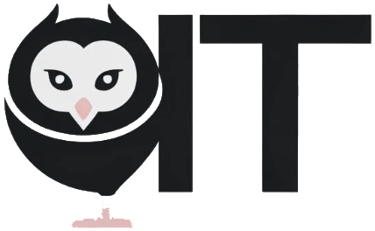Riding the Agile Wave: How Project Management Has Transformed
Managing the retirement of a critical system during an Agile transformation presents unique challenges, especially in a hybrid environment where teams operate under different methodologies.
Patrick Neal San Lorenzo
3/10/20252 min read


The journey to Agile is rarely a straight path. Organizations often find themselves navigating a mix of methodologies, where some teams fully embrace Agile while others stick to traditional approaches. I experienced this firsthand when managing the retirement of a multi-million-dollar system—a project that reflected both the challenges and triumphs of large-scale Agile transformation.
This wasn’t a case of universal adoption. Some teams were already fluent in Scrum, operating in sprints and conducting daily stand-ups. Others were still finding their footing, trying to balance Agile’s flexibility with ingrained Waterfall habits. And then there were teams firmly rooted in Waterfall, following their structured, sequential processes.
This mix of methodologies created a unique orchestration challenge. I had to ensure a seamless transition for a critical system while coordinating teams with vastly different working styles. Any misstep could lead to serious operational disruptions.
A Flexible and Pragmatic Strategy
Rather than enforcing a rigid, one-size-fits-all Agile framework, I focused on a pragmatic, adaptable approach. Collaboration and clear communication became my guiding principles.
Leveraging Agile Teams: The teams well-versed in Agile used their expertise in Scrum and Kanban to drive rapid iteration and continuous improvement. Digital tools helped me visualize progress, manage backlogs, and map dependencies effectively.
Supporting Transitioning Teams: For teams still adjusting to Agile, I provided mentorship and coaching, helping them grasp Scrum principles and practices. Hybrid meetings blended elements of Agile and Waterfall to maintain alignment across all stakeholders.
Integrating Waterfall Teams: I established clear interfaces and milestones for teams reliant on Waterfall, mapping their deliverables to Agile sprints. Detailed documentation and regular status updates ensured they remained informed and engaged.
Lessons Learned
The retirement of this system became a valuable learning experience for the entire organization. It reinforced the importance of flexibility in large-scale transformations. Agile isn’t a one-size-fits-all solution—it requires a tailored approach that respects different ways of working.
I also saw firsthand the power of clear communication, collaboration, and a shared understanding of project goals. This experience underscored that even in a hybrid environment, critical projects can succeed when teams embrace adaptability and continuous improvement.
Ultimately, this project strengthened my belief that the future of project management lies in its ability to evolve. Success isn’t about forcing a methodology—it’s about finding the right balance for each organization and project.
Consultancy
Expertise in project management and strategic consulting.
Partner with us
Insights
info@owlinsight.io
+1234567890
© 2025 Owl Insight Technologies. All rights reserved.
Perched Above the Noise, Delivering Clear IT Strategies
